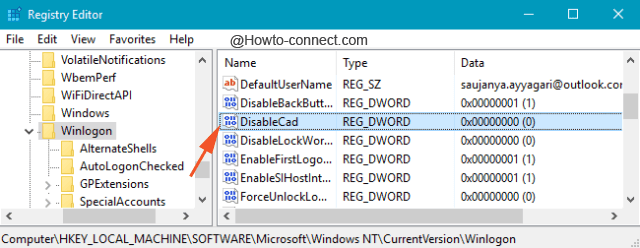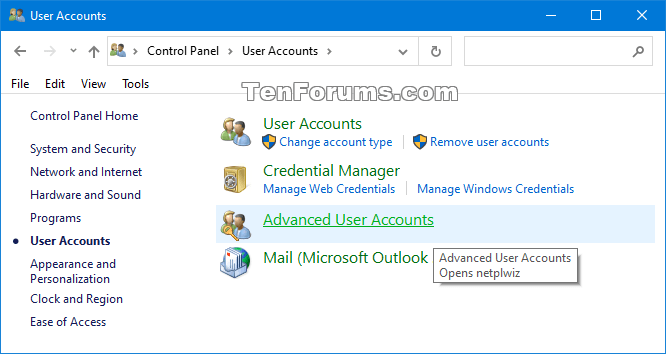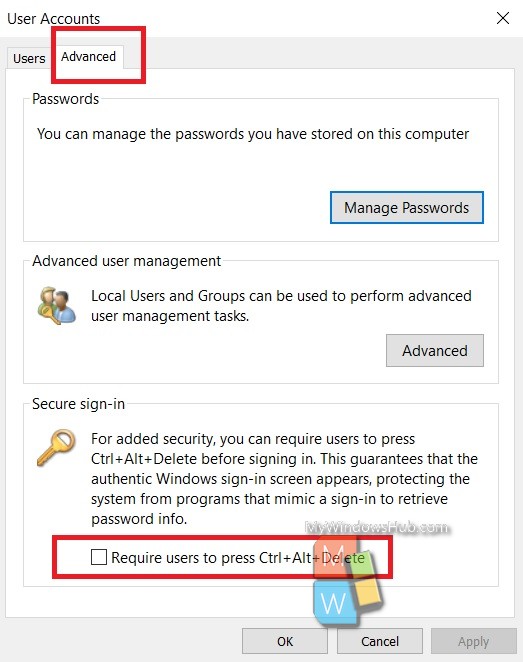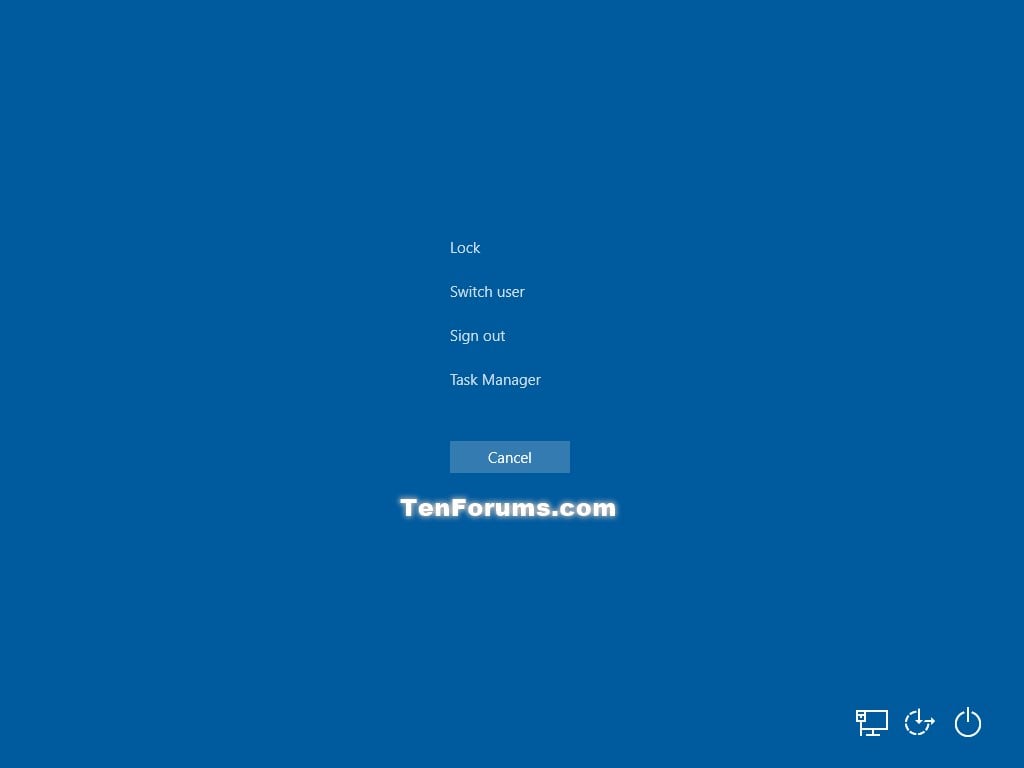

- TURN OFF CTRL ALT DELETE WINDOWS 7 HOW TO
- TURN OFF CTRL ALT DELETE WINDOWS 7 INSTALL
- TURN OFF CTRL ALT DELETE WINDOWS 7 UPDATE
- TURN OFF CTRL ALT DELETE WINDOWS 7 WINDOWS 10
For Award, press Del key or Ctrl + Alt + Esc. Type osk, then open the On Screen Keyboard. Turn off your computer On older operating systems, you can only access BIOS just before the. Also as a last resort uninstall/reinstall View Agent and VMware Tools. Hold CTRL and press Right Arrow + Del Method 3 On the Remote Desktop, select Start. Go to Windows Services list Find the 'Intel (R) HD Graphics Control Panel' service. Sometimes the GINA chaining can get screwed up. The only way to disable this is by disabling the Windows Service installed by the Intel Software. (see screenshot below) If the Require users to press Ctrl+Alt+Delete setting is grayed out, then it means that Option Three below is set overriding it.
TURN OFF CTRL ALT DELETE WINDOWS 7 INSTALL
Bear in mind we are using XP and a mixed 2003.2008 domain so the policy might be a little different for Winddomain.Īdditonal things to check are if you are using any kind of single sign on or anything else that affects the Windows GINA you may need to play with what order you install those applications in relation to the View Agent. 2 Click/tap on the Advanced tab, and check (on) or uncheck (off) the Require users to press Ctrl+Alt+Delete box under Secure sign-in for what you want set, and click/tap on OK. When we got rid of the DisableLockWorkstation policy everything worked great. Fast forward a few years when we implemented VDI and those users who had been prevented from locking computers were getting the same symptoms you are seeing. The "fix" to the problem was to explicitly deny those users the ability to lock the computer via group policy using the DisableLockWorkstation policy. Basically in my environment, at some point some of our users had a habit of locking shared workstations under their account and leaving for the day leaving the computer basically unusable for regular users unless they shut it off or called the helpdesk.
TURN OFF CTRL ALT DELETE WINDOWS 7 WINDOWS 10
Hope this helps you out and if anyone has any tips on doing the same thing on windows 10 id appreciate it because my understanding is they decided to remove the keyboardFilters service from windows 10.I've seen this before and was able to solve it by making sure that the users have permissions to lock the virtual desktops. Navigate to Local Policies > Security Options. Press the Win key and type Local Security Policy 2. Disable CTRL+ALT+DELETE using Group Policy If you wish, you can also enforce this policy, using the Local Security Policy. This will stop the service so now repeat step g. Uncheck the 'Require users to press Ctrl + Alt + Del' checkbox.

To stop the service type "sc stop keyboardFilter" and enter.

*if when you run the command prompt process you are told this service is already running sometimes you need to restart the process for it to take effect. type "sc start KeyboardFilter" into command prompt and press enter. (Win+R type cmd, check box to launch as admin) next you will need to run command prompt as administrator. *this can be done for many shortcuts such as Alt+Tab, Win+Rį. set this new key to the value 1 and save. with keyboardFilter selected create a new string value named "Shift+Ctrl+Esc"Į. Create a new key of name "KeyboardFilter"ĭ. To do this, follow these steps: Open the Device Manager.
TURN OFF CTRL ALT DELETE WINDOWS 7 UPDATE
If neither of those solutions did the job, then you might need to update your keyboard driver. On some keyboards, you have to press these keys in order for the shortcut to work.

Navigate to "HKEY_LOCAL_MACHINE->SOFTWARE->Policies->Microsoft"Ĭ. Another thing you can try is to hold down the Fn key, then try the Ctrl + Alt + Delete combo again.
TURN OFF CTRL ALT DELETE WINDOWS 7 HOW TO
On an up side I know how to do this for windows 7(Tried and tested).ī. Choose the Advanced tab at the top, check the box next to Require users to press Ctrl+Alt+Delete under Secure sign-in, and then choose OK. Hi, I have been working to do the same thing on a windows 10 machine but to little success.


 0 kommentar(er)
0 kommentar(er)
